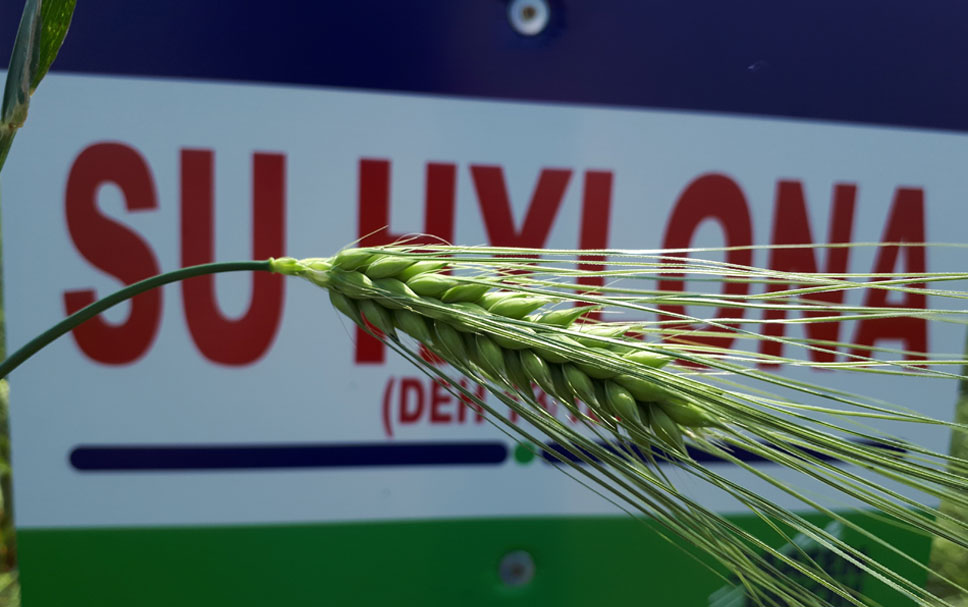SU Hybrid Barley. The future inside.
Barley (Hordeum vulgare) is a major cereal grain grown in temperate climates worldwide. It was one of the first cultivated grains, particularly in Eurasia as early as 10,000 years ago. Barley can be used as animal feed as well as a source of fermentable material for beer and certain distilled beverages. Most of the grown barley varieties are conventional varieties.
In the mid-20th century first attempts of breeding hybrid barley were carried out by using CMS (= Cytoplasmatic Male Sterility). Over the years, innovative breeding approaches have led to a new hybrid crop.
SAATEN-UNION is one of the two suppliers of hybrid barley varieties in the world. The varieties are provided by ASUR Plant Breeding. The 6-row hybrids have several advantages compared to conventional barley varieties. However, the heterosis effect is the key factor ensuring strong and highly efficient plants.
The hybrids’ higher vigour enhances tillering as well as root development. Both together result in:
- higher yield stability
- more vigorous and healthy plants
- better nutrient efficiency
Due to the higher number of tillers the seed rate of hybrids can be clearly reduced compared to conventional varieties.
The more efficient plants can easily compensate the reduced seed rate. Hybrid barley achieves all yield-forming parameters: ears per m2, grains per ear as well as thousand kernel weight resulting in higher yields compared to conventional varieties.
The advantages of hybrid barley become apparent at late drilling and in less favourable cultivation circumstances but also on high yielding sites. Improved nutrient efficiency combined with an adjusted cultivation system increases the farmer’s output. Year by year farmers are facing several challenges: Environmental changes, restrictions in regard to pesticide as well as nitrogen applications. Agriculture is continuously changing. Hybrid barley could be a solution to reduce costs and to ensure incomes.

